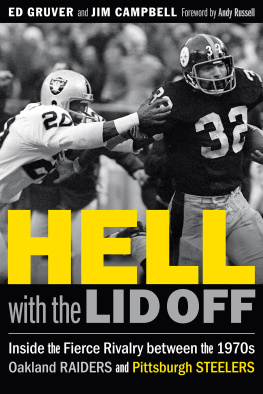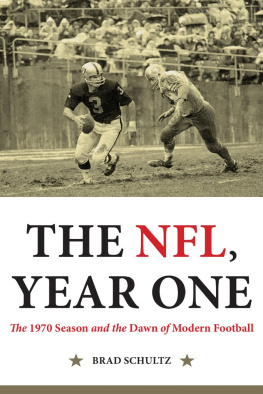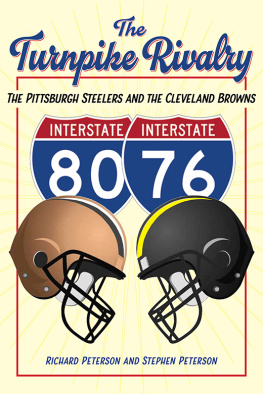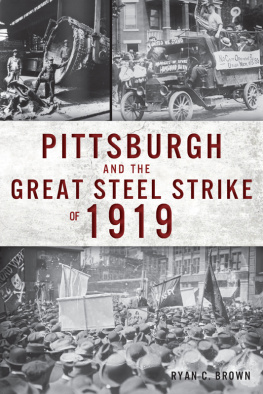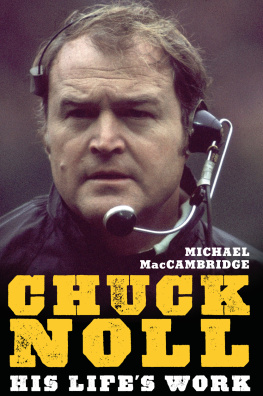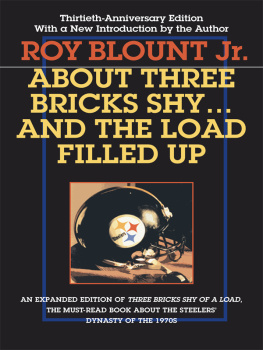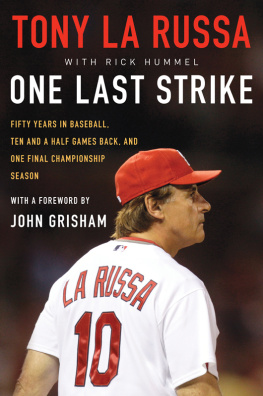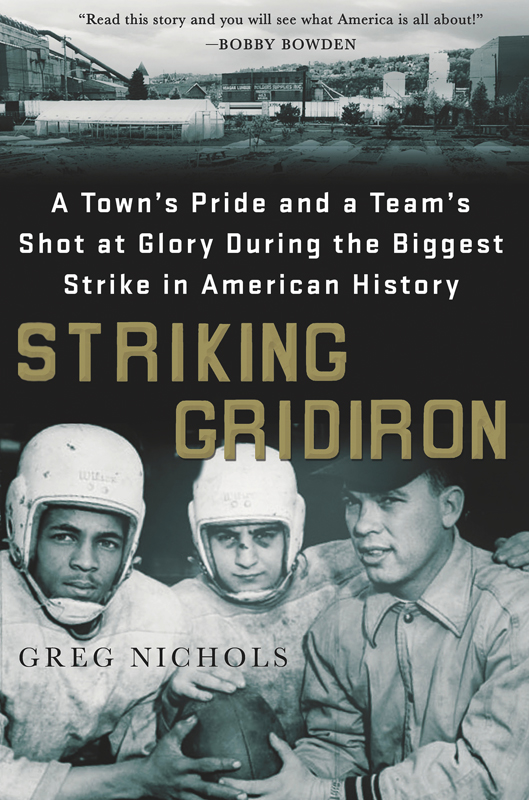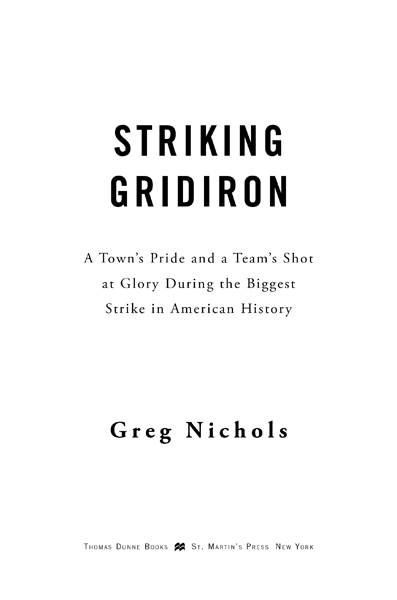Greg Nichols - Striking Gridiron: A Towns Pride and a Teams Shot at Glory During the Biggest Strike in American History
Here you can read online Greg Nichols - Striking Gridiron: A Towns Pride and a Teams Shot at Glory During the Biggest Strike in American History full text of the book (entire story) in english for free. Download pdf and epub, get meaning, cover and reviews about this ebook. year: 2014, publisher: St. Martins Publishing Group, genre: Detective and thriller. Description of the work, (preface) as well as reviews are available. Best literature library LitArk.com created for fans of good reading and offers a wide selection of genres:
Romance novel
Science fiction
Adventure
Detective
Science
History
Home and family
Prose
Art
Politics
Computer
Non-fiction
Religion
Business
Children
Humor
Choose a favorite category and find really read worthwhile books. Enjoy immersion in the world of imagination, feel the emotions of the characters or learn something new for yourself, make an fascinating discovery.

- Book:Striking Gridiron: A Towns Pride and a Teams Shot at Glory During the Biggest Strike in American History
- Author:
- Publisher:St. Martins Publishing Group
- Genre:
- Year:2014
- Rating:3 / 5
- Favourites:Add to favourites
- Your mark:
Striking Gridiron: A Towns Pride and a Teams Shot at Glory During the Biggest Strike in American History: summary, description and annotation
We offer to read an annotation, description, summary or preface (depends on what the author of the book "Striking Gridiron: A Towns Pride and a Teams Shot at Glory During the Biggest Strike in American History" wrote himself). If you haven't found the necessary information about the book — write in the comments, we will try to find it.
In the midst of a strike and economic uncertainty, a football team from an iconic steel town just outside Pittsburgh set out to capture its sixth straight season without a loss, uniting a region and inspiring the nation.
In the summer of 1959, most of the town of Braddock, Pennsylvaniaalong with half a million steel workers around the countrywent on strike in the longest labor stoppage in American history. With no paychecks coming in, the families of Braddock looked to its football team for inspiration.
The Braddock Tigers had played for five amazing seasons, a total of 45 games, without a single loss. Heading into the fall of 59, this team from just outside Pittsburgh, whose games members of the Steelers would drop by to watch, needed just eight victories to break the national record for consecutive wins. Sports Illustrated and other media descended upon the banks of the Monongahela River to profile the team and its revered head coach, future Hall of Famer Chuck Klausing, who molded his boys into winners while helping to effect the racial integration of his squad. While the townspeople bet their last dollars on the Tigers, young black players like Ray Henderson hoped that the record would be a ticket to college and spare them from life in the mills alongside their fathers. In Striking Gridiron, author Greg Nichols recounts every detail of Braddocks incredible sixth, undefeated seasonfrom the brutal weeks of summer training camp to the seasons final play that defined the teams legacy. In the words of Klausing himself, Greg Nichols couldnt have written it better if hed been on the sidelines with us.
But even more than the story of a triumphant season, Nicholss narrative is an intimate chronicle of small-town America during the hardest of times. Striking Gridiron takes us from the sidelines and stands on game day into the school hallways, onto the street corners, and into the very homes of Braddock to reveal a beleaguered blue-collar town from a bygone eraand the striking workers whose strength was mirrored by the football heroics of steel-town boys on Friday nights and Saturday afternoons.
Greg Nichols: author's other books
Who wrote Striking Gridiron: A Towns Pride and a Teams Shot at Glory During the Biggest Strike in American History? Find out the surname, the name of the author of the book and a list of all author's works by series.

